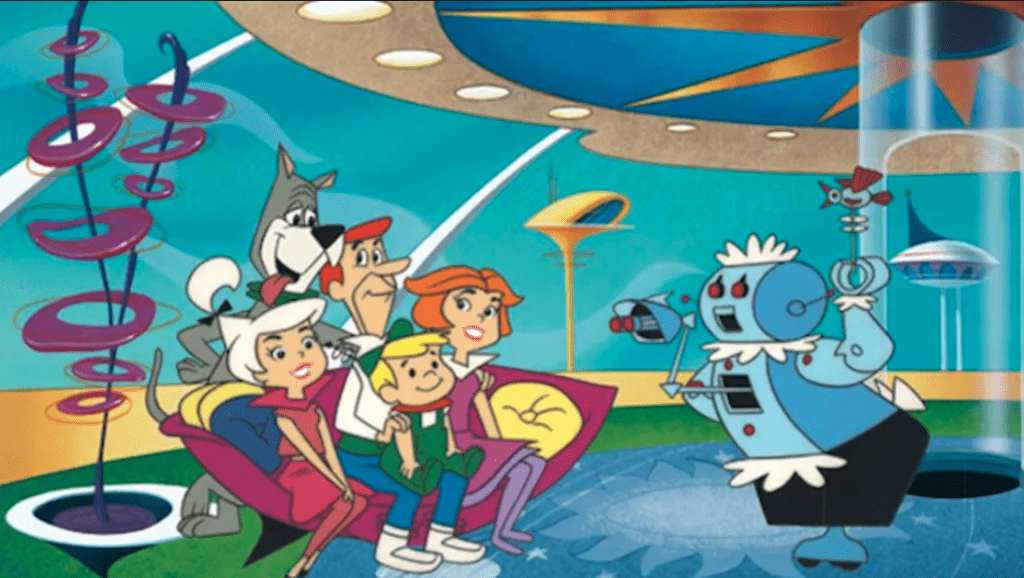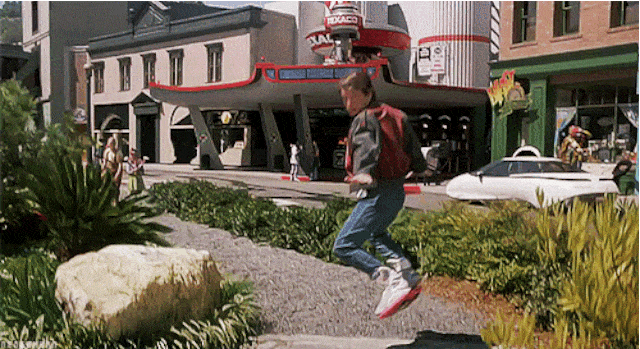Off-Piste: The Next Most Important Piece of the Climate Puzzle

Electric vehicles are cool, sexy and marketable. According to Will Ferrell and General Motors, they’re also a patriotic necessity if we are to take a stance against Norwegian supremacy. I mean, Elon Musk has a Tesla Roadster orbiting the sun. That’s stuff straight out of the Jetsons that we Gen Xers grew up on! (Those of you 35 and under, you may have to Google ‘the Jetsons’).

Far less sexy but just as critical, however, is figuring out how we’re going to get the thousands of additional megawatts (MW) needed to power that electric fleet into, and distributed across, a grid that was built in the 1890s. And over 70% of the transmission and distribution lines are at least 25 years old (Johnny Mnemonic anyone?—set in 2021, that masterpiece is that old). This is the most important next piece in solving the climate puzzle. If we don’t figure this out, not only will renewable energy projects continue to be put on hold (relegated to “The Queue”), but utilities could see themselves pushed to accept higher risks of blackouts. Think: the February Texas disaster goes national, regularly.
Currently, most renewable energy projects need to connect to the grid at high-voltage interconnection points. These are usually located near existing power plants (duh!). As more and more of these have retired over the last decade (coal companies have announced the retirement of 546 coal-fired power units, accounting for 102 GW, in the last 10 years) one for one substitutions have allowed for renewable energy electrons to enter the grid at those points without the need for major infrastructure improvements. As more fossil-fuel plants reach the end of their viable lifespan, we want that additional demand from electric cars (and chairlifts and snowmobiles and lawnmowers and chainsaws, etc., etc., etc.) to be met by solar and wind resources. The renewable energy plants of the next few decades are likely to be smaller—100 to 200 MW vs. 750 to 1,000-plus MW—and need access to lower-voltage lines closer to where the wind and/or solar resources are. As reported by E&E News, a BloombergNEF analysis found that the U.S will need to increase investment in the grid from $49 billion to $123 billion by mid-century to keep up with the influx of low-carbon power.
In addition to longer-term (next 20-plus years) architectural improvements to the grid, there’s a set of technologies that could significantly enhance the grid’s current capabilities immediately. What are these “Jettsonian” technologies you ask? Grid Enhancing Technologies (GETs) are hardware or software that increases the capacity, efficiency and/or reliability of transmission facilities. A combination of three GETs have already been deployed in Kansas and Oklahoma:
- Dynamic line ratings, which measure the true capacity of transmission lines based on ambient conditions
- Advanced Power Flow Control, which reroutes power from congested to underutilized lines.
- Advanced Topology Control, which identifies grid reconfigurations to reroute flows around bottlenecks.
A recent study commissioned by the Working for Advanced Transmission Technologies (WATT) coalition quantified the benefits. The Brattle Group study showed that GET implementation delivered twice the renewable energy capacity, paid for itself in six months by saving $175 million in production costs, mitigated 3 million tons of annual CO2 emissions and generated 650 direct long-term jobs and 11,300 direct short-term jobs. Projections for nation-wide implementation of these technologies are that they would create tens of thousands of long-term, high-paying jobs, cut emissions equivalent to taking 20 million cars off the road, save billions in production costs and help make immediate progress towards “unlocking the queue” of renewable projects, potentially doubling the renewable energy that can go online.

The Biden-Harris administration, Congress and State public utility commissions all have actions available to them to incentivize GET deployment. The Federal Energy Regulatory Commission (FERC), should require GETs to be considered in transmission planning. As Congress moves from the COVID-19 relief package towards a bi-partisan infrastructure bill like the American Jobs Plan, that legislation should include investment in the deployment of GETs to create jobs, modernize the grid and create long-term cost savings while accelerating the transition to clean energy. At the state level, PUCs should allow renewable energy developers to request and have GETs offered as a low-cost solution to plug into the grid. Former FERC Chair Jon Wellinghoff has endorsed GETs as a technology that “will rapidly pay back investment, substantially reduce costs for consumers and lower carbon through accelerated integration of renewable energy.”
If you were born before 1990, you may remember we were promised jetpacks and hoverboards. In lieu of those, can we at least get GETs and a shot at curbing catastrophic climate change?
Check out the full conversation surrounding GETs with Amie Engerbretson and me, here.
Belong To The Solution,
Mario Molina
Executive Director, Protect Our Winters

Author: Mario Molina
An avid alpinist, snowboarder, mountain biker, guide, and life adventurer, Molina previously served as international director at The Climate Reality Project, where he designed the organization’s climate leadership trainings and oversaw its post-Paris Agreement international strategy. Prior to his work at Climate Reality, Molina led strategy and programs as deputy director at the Alliance for […]
